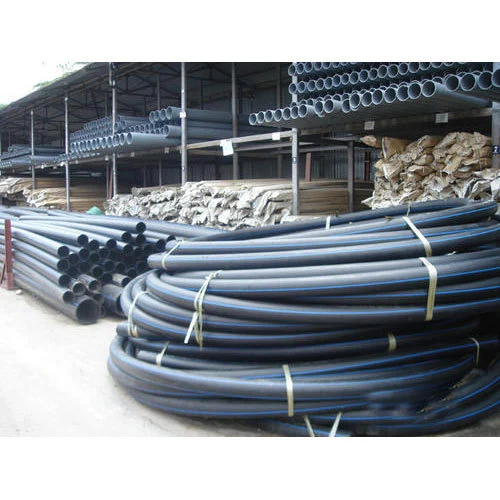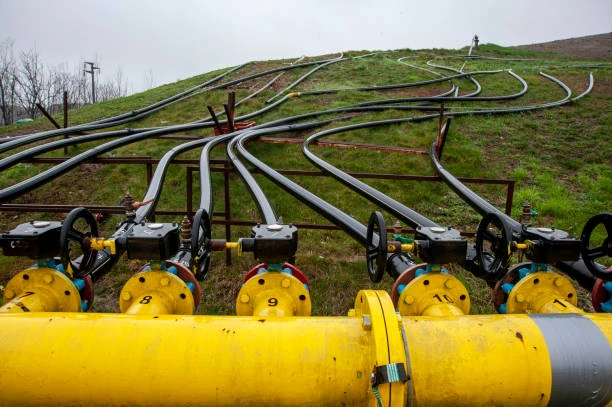
Introduction
Among the various types available, the Double Orifice Air Release Valve with a PE Pipe Outlet 9836 stands out for its effectiveness in managing air in pipeline systems. This article explores the features, benefits, and installation of this specific air release valve, highlighting its importance in maintaining system performance.
What is a Double Orifice Air Release Valve?
Definition and Purpose
A Double Orifice Air Release Valve is a specialized device designed to release trapped air and gases from a pipeline system. The “double orifice” design refers to its two separate openings that allow for the simultaneous release of air and the prevention of water hammer or pressure surges. The PE Pipe Outlet 9836 indicates that this model is specifically designed to connect with polyethylene PE pipe, offering a streamlined integration into PE piping systems.
Key Functions
- Air Release: Removes accumulated air and gas from the pipeline, which can otherwise cause blockages, reduce efficiency, or lead to system damage.
- Prevention of Water Hammer: Reduces the risk of water hammer, a pressure surge that can cause significant damage to pipes and fittings.
Features of the Double Orifice Air Release Valve 9836
1. Double Orifice Design
- Two Openings: Equipped with two orifices that allow for the release of both large and small volumes of air, ensuring comprehensive air management.
- Improved Efficiency: The design enhances the efficiency of air release, reducing the likelihood of pressure surges and ensuring smoother operation.
2. PE Pipe Outlet
- Compatibility: Specifically designed to connect seamlessly with PE pipes, ensuring a secure and leak-proof installation.
- Durability: Constructed from high-quality materials that resist corrosion and wear, suitable for various environmental conditions.
3. Automatic Operation
- Self-Operating: Automatically opens and closes based on the air pressure within the pipeline, requiring minimal manual intervention.
- Reliability: Provides consistent performance and reliable air release, contributing to the overall efficiency of the piping system.
Applications of the Double Orifice Air Release Valve
1. Water Distribution Systems
- Urban Water Supply: Helps manage air in municipal water supply systems, ensuring consistent water flow and pressure.
- Irrigation Systems: Maintains the efficiency of agricultural irrigation systems by preventing air-related issues.
2. Industrial Processes
- Manufacturing: Used in industrial piping systems to prevent air accumulation and associated problems.
- Cooling Systems: Essential in cooling systems where air release is crucial for maintaining system performance.
3. Sewage and Wastewater Management
- Effluent Systems: Manages air release in sewage and wastewater systems, preventing blockages and ensuring smooth operation.
Installation of the Double Orifice Air Release Valve 9836
1. Preparation
Site Assessment
- Location: Choose an appropriate location for the valve where air accumulation is likely, such as high points in the pipeline.
- Pipe Inspection: Ensure the PE pipe is in good condition and compatible with the valve.
Valve Preparation
- Check Specifications: Verify that the valve model and size match the requirements of your system.
- Tools and Materials: Gather necessary tools and materials for installation, including fittings and sealing materials.
2. Installing the Valve
Procedure
- Positioning: Place the valve at the designated location, ensuring it aligns with the PE pipe.
- Connection: Attach the valve to the PE pipe using the appropriate fittings and ensure a secure connection.
- Sealing: Apply sealing materials as needed to prevent leaks.
Testing
- Leak Test: Conduct a leak test to ensure that the valve is securely installed and no leaks are present.
- Function Test: Verify that the valve operates correctly, releasing air as intended and preventing pressure issues.
3. Final Steps
- Inspection: Perform a final inspection to confirm that the valve is correctly installed and functioning.
- Documentation: Record installation details for future reference and maintenance.
Maintenance and Care
1. Regular Inspections
- Visual Checks: Periodically inspect the valve for signs of wear, leaks, or damage.
- Operational Monitoring: Monitor the valve’s performance to ensure it is functioning correctly.
2. Cleaning
- Debris Removal: Keep the valve area clean and free from debris that could affect its operation.
- Cleaning Agents: Use appropriate cleaning agents that do not damage the valve or pipe.
3. Repairs
- Minor Issues: Address minor leaks or malfunctions promptly to prevent further problems.
- Professional Assistance: For significant issues, consult with a professional to ensure proper repairs and maintenance.
Conclusion
The Double Orifice Air Release Valve with a PE Pipe Outlet 9836 is a crucial component for managing air and pressure within PE piping systems. Its advanced design and reliable performance make it an excellent choice for various applications, from water distribution to industrial processes. By ensuring proper installation and maintenance, you can enhance the efficiency and longevity of your piping system.
FAQs
1. How does the double orifice design benefit the air release process?
The double orifice design allows for the simultaneous release of both large and small volumes of air, improving the efficiency of air management and reducing the risk of pressure surges.
2. Can the Double Orifice Air Release Valve 9836 be used with other types of pipes?
This valve is specifically designed for use with PE pipes. For other pipe types, ensure compatibility or consult with a professional.
3. What maintenance is required for the Double Orifice Air Release Valve?
Regular inspections, cleaning, and addressing minor issues promptly are essential for maintaining the valve’s performance.
4. How do I determine the correct location for installing the air release valve?
Install the valve at high points in the pipeline where air is likely to accumulate to ensure effective air release.
5. What should I do if the valve is not functioning correctly?
If the valve is not functioning correctly, perform a thorough inspection and test. Consult with a professional if necessary to resolve any issues.

















